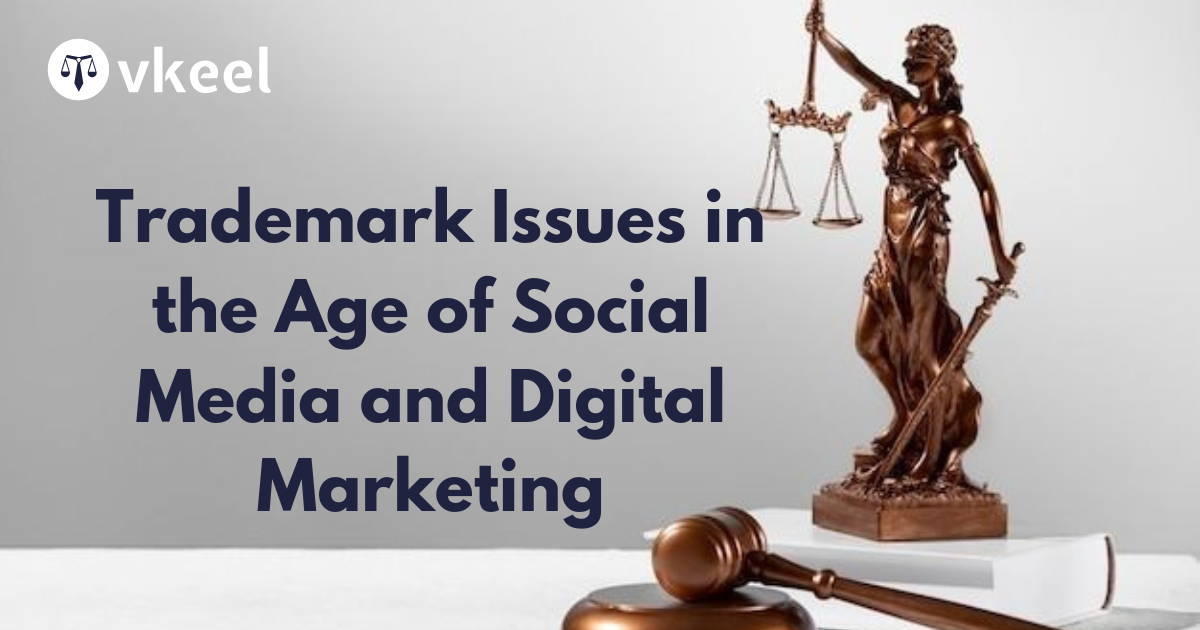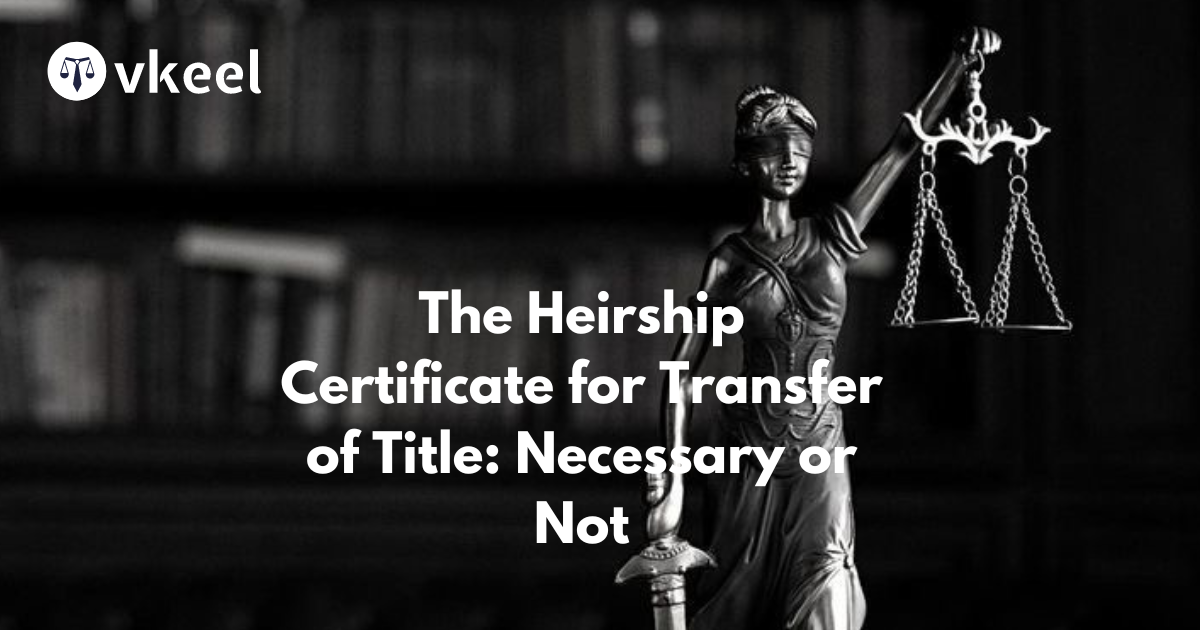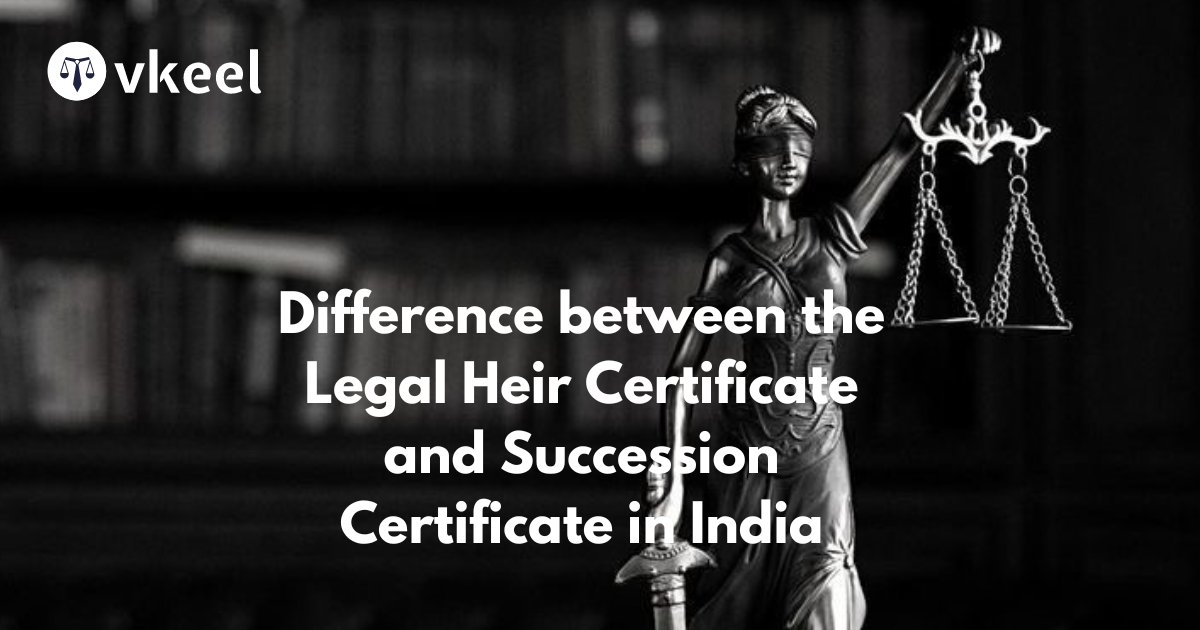Trademark Issues in the Age of Social Media and Digital Marketing
By Himanshu Kumar
Table of Contents
Introduction
The digital age, particularly the rise of social media and digital marketing, has fundamentally transformed how businesses operate and interact with consumers. This transformation has introduced both opportunities and challenges, especially in the realm of intellectual property law, specifically trademarks. In India, as globally, the rapid proliferation of digital platforms has necessitated a re-evaluation of existing trademark laws to address the unique issues arising in this new landscape.
The primary reason for trademark issues in India lies in the rapid proliferation and evolution of digital platforms and social media. These platforms have become essential for businesses to reach and engage with consumers, but they also create environments ripe for trademark infringement. The ease with which users can create content, share information, and use trademarks without authorization leads to widespread issues such as unauthorized use, dilution, and cybersquatting. The global nature of digital marketing further complicates enforcement, as infringing activities often span multiple jurisdictions, making it difficult for trademark owners to protect their rights consistently and effectively.
Additionally, the pace of technological advancement often outstrips the existing legal framework’s ability to address new challenges. While the Trade Marks Act, 1999, and subsequent amendments provide a robust foundation for trademark protection, they were not designed with the complexities of the digital age in mind. Emerging issues such as keyword advertising, influencer marketing, and the use of trademarks in domain names require continuous adaptation of laws and regulations. The anonymity provided by the internet also poses significant challenges in identifying and prosecuting infringers, necessitating more sophisticated and proactive enforcement mechanisms.
The Evolution of Trademark Law in India
Trademark law in India is governed by the Trade Marks Act, 1999. The Act provides for the registration, protection, and enforcement of trademarks and addresses issues such as infringement, passing off, and dilution. However, the digital revolution has posed new challenges that the traditional framework did not fully anticipate.
Trademark law in India has evolved significantly over the years to keep pace with global trends and technological advancements. The journey began with the Trade Marks Act, 1940, which provided basic protection but lacked the sophistication needed to address modern trademark issues. In 1999, India introduced the Trade Marks Act, which marked a substantial overhaul and brought the country’s trademark regime in line with international standards. This Act introduced provisions for registration, protection, and enforcement of trademarks, establishing a more structured framework for trademark rights.
Subsequent amendments and judicial interpretations have further refined India’s trademark law. The Trade Marks Rules, 2017, for instance, introduced procedural reforms to streamline trademark registration and enforcement processes, emphasizing digital aspects such as electronic filing and service of documents. Judicial decisions, such as those addressing online trademark infringement and domain name disputes, have also contributed to shaping the evolving landscape of trademark protection in India. Overall, these developments reflect India’s commitment to enhancing intellectual property rights and fostering a conducive environment for innovation and economic growth in the digital age.
Social Media and Trademark Infringement
Social media platforms like Facebook, Twitter, Instagram, and LinkedIn have become integral to modern marketing strategies. However, these platforms also present unique challenges for trademark enforcement:
- User-Generated Content: Social media is driven by user-generated content, which can include unauthorized use of trademarks. For example, users might create pages or profiles that use a company’s trademark without permission, leading to confusion or dilution of the brand.
- Influencer Marketing: Influencers often use trademarks in their posts, sometimes without proper authorization. This can lead to infringement issues, especially if the use of the trademark suggests a false association or endorsement.
- Hashtags and Keywords: The use of trademarks as hashtags or keywords in social media posts can also raise issues. While hashtags are meant to categorize content, their use with trademarks can lead to disputes over unauthorized use and potential dilution.
Case Law: Consim Info Pvt. Ltd. v. Google India Pvt. Ltd. & Ors. (2010)
In this landmark case, Consim Info Pvt. Ltd., the owner of BharatMatrimony, filed a lawsuit against Google India for allowing competitors to use its trademark as keywords in Google AdWords. The court recognized that such usage could lead to trademark infringement and passing off. This case highlighted the need for clear guidelines on the use of trademarks in digital advertising.
Digital Marketing and Trademark Dilution
Digital marketing strategies, such as search engine optimization (SEO) and pay-per-click (PPC) advertising, often involve the use of trademarks to drive traffic and enhance visibility. However, these practices can lead to trademark dilution if not managed properly:
- SEO Practices: Businesses often use competitor trademarks as keywords to attract traffic. While this can be an effective marketing strategy, it can also lead to dilution and confusion among consumers.
- Domain Name Issues: Cybersquatting, where individuals register domain names that are identical or confusingly similar to trademarks, has become a prevalent issue. The Uniform Domain-Name Dispute-Resolution Policy (UDRP) and the Indian Domain Name Dispute Resolution Policy (INDRP) provide mechanisms to address these disputes.
Case Law: Tata Sons Ltd. v. Manu Kosuri & Ors. (2001)
In this case, Tata Sons Ltd. filed a complaint against individuals who had registered domain names incorporating the “TATA” trademark. The court ruled in favor of Tata Sons, recognizing that the defendants’ actions constituted cybersquatting and trademark infringement. This case set a precedent for addressing domain name disputes in India.
Amendments and Legal Developments
To address the challenges posed by the digital age, several amendments and legal developments have been introduced:
- The Trade Marks Rules, 2017: These rules introduced provisions to streamline the trademark registration process and address issues related to electronic filing and service of documents. The rules also emphasize the need for vigilance in monitoring trademark use in digital platforms.
- Intermediary Guidelines and Digital Media Ethics Code, 2021: These guidelines aim to regulate the activities of intermediaries, including social media platforms, to ensure compliance with legal requirements, including trademark protection. The guidelines require intermediaries to remove infringing content upon receiving a notice from the trademark owner.
- Cyberspace and Trademark Enforcement: The Indian judiciary has increasingly recognized the need for proactive measures to protect trademarks in cyberspace. Courts have been willing to grant injunctions and other remedies to prevent trademark infringement and dilution online.
Case Law: Toyota Jidosha Kabushiki Kaisha v. M/S Prius Auto Industries Ltd. (2018)
In this case, the Supreme Court of India addressed the issue of trademark dilution in the digital age. Toyota, the owner of the “Prius” trademark, filed a lawsuit against Prius Auto Industries for using the same trademark in India. The court ruled in favor of Toyota, recognizing the global reputation of the “Prius” trademark and the potential for dilution. This case highlighted the importance of protecting well-known trademarks in the digital era.
Challenges and Future Directions
Despite these developments, several challenges remain:
- Global Nature of Digital Platforms: Social media and digital marketing platforms operate globally, making it difficult to enforce trademark rights across different jurisdictions. International cooperation and harmonization of trademark laws are essential to address these challenges effectively.
- Anonymity and Pseudonymity: The anonymity and pseudonymity offered by digital platforms can make it difficult to identify and take action against infringers. Robust mechanisms for identifying and holding accountable those who misuse trademarks online are necessary.
- Technological Advancements: Emerging technologies such as artificial intelligence and blockchain present both opportunities and challenges for trademark protection. These technologies can aid in monitoring and enforcement but also introduce new complexities.
- Balancing Free Speech and Trademark Protection: Ensuring a balance between protecting trademark rights and respecting free speech is crucial. Overly aggressive enforcement can stifle creativity and innovation, while lax enforcement can lead to dilution and consumer confusion.
Conclusion
Trademark issues in the age of social media and digital marketing present complex and evolving challenges. The Indian legal framework has made significant strides in addressing these challenges through amendments, guidelines, and judicial decisions. However, continuous adaptation and innovation are necessary to keep pace with the rapidly changing digital landscape. By fostering international cooperation, leveraging technological advancements, and maintaining a balanced approach, India can effectively protect trademarks while promoting a vibrant and dynamic digital economy.
Disclaimer:
The information provided in the article is for general informational purposes only, and is not intended to constitute legal advice or to be relied upon as a substitute for legal advice. Furthermore, any information contained in the article is not guaranteed to be current, complete or accurate. If you require legal advice or representation, you should contact an attorney or law firm directly. We are not responsible for any damages resulting from any reliance on the content of this website.








